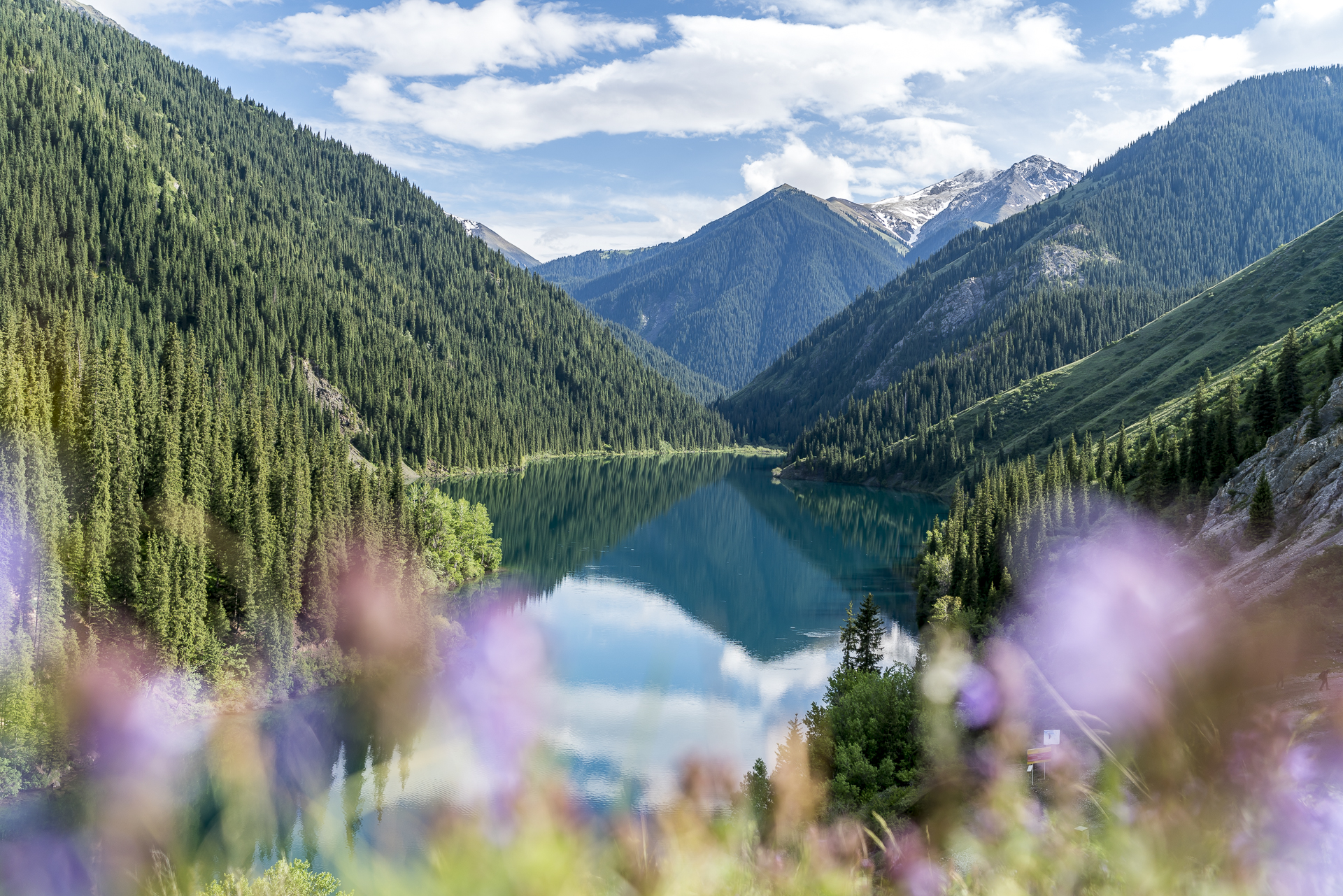
Kazakhstan tour: 11 top tips and sights around Almaty
“Where did you like it best?” This is the most frequently asked question about the return of our great journey. Due to our varied and different travel destinations during these six months, I really have a hard time answering this question. But what I can answer like a shot out of a pistol is the question of the “most surprising” travel destination. I didn’t have any expectations of Kazakhstan and thought to myself in advance “if we’re already in the area, let’s take a quick look”. A great decision. We traveled a total of one week from Almaty through the south of Kazakhstan and the variety of landscapes almost knocked my socks off more than once! Who would have thought that I would shoot my favorite mountain picture of these six months not in epic Patagonia, but in undescribed Kazakhstan?!
In this blog post you will find my top tips on sights and photo spots in southern Kazakhstan. On the way, we met tourists who traveled Kazakhstan individually with their rental cars (mostly Eastern Europeans with knowledge of Russian). We undertook this 7-day round trip starting and ending in Almaty together with the same driver and guide from NoviNomad who had already accompanied us through Kyrgyzstan. An entertaining week that made me want to return to this exciting country one day and discover even more.
#1 look over Almaty from Kok-Tobe
Kazakhstan’s largest city – Almaty – is only 235 kilometres from the Kyrgyz capital Bishkek and has also been well connected to the Chinese rail network since the expansion of the new Silk Road. In this respect, Almaty is relatively “central” when you look at the huge dimensions of Kazakhstan. It is all the more incomprehensible to me that the government decided in 1997 to pass on the title of capital to Astana, which is more than 1,200 kilometres further north. Almaty is located at the foot of the Tian Shan Mountains, making it an ideal starting point for round trips through the scenic south of the country.
A beautiful overview of the city is offered by the 1,100 m high Kok-Tobe hill on the outskirts of the city, which is accessible by a modern cable car and offers a great view as well as an amusement park. I am impressed by how green the city appears from above. To this day, many of the traditional apple orchards have been able to survive despite brisk construction activity. Almaty also translates as “city of apple trees”.
The cable car tickets cost us 2,000 tenge (around 5.30 CHF) per person – if you want to save the money, you can also overcome the altitude difference on foot.
#2 Stroll through the Green Bazaar
The large farmer’s market, where the majority of the local population does their daily shopping, is one of the top sights of the city, together with the Russian Orthodox Ascension Cathedral (which was unfortunately scaffolded during our visit). I enjoyed strolling through the extensive market area and discovering the many local specialties. Especially because the market does not exist primarily for the tourists, but effectively for the local population.
#3 Buy Rakhat Chocolate
Right next to the Green Bazaar is the factory of Kazakhstan’s largest confectionery producer (Rakhat Candy Factory, Zenkov St). You are guaranteed to find rakhat chocolate on your journey through Kazakhstan. The Kazakhs like sweets and the country’s own chocolate is often served as a dessert with tea. The factory has a shop where you can find the full range of Rakhat products. It is challenging to understand which chocolate is in which colorful packaging without any knowledge of Russian and then to make the lady behind the counter understand what exactly you want. Luckily, our tour guide Kanyshai accompanied us and together we put together the sweets for the upcoming road trip days.
#4 Look at Soviet buildings
Since our round trip through southern Kazakhstan started and ended Almaty, we had a total of two days to explore the city. On the first day, Kanyshai and I visited the Green Bazaar, the Park of the 28 Panfilovtsy with disturbing war memorials and the Museum of Folk Music Instruments – all within walking distance of each other. On the second day, we walked through Almaty unaccompanied, concentrating less on the classic sights and more on the interesting buildings of the Soviet era. Even if at first glance Almaty does not correspond to a classic ideal of beauty, I find it remarkable from an urban planning perspective how important the city climate was attached to the urban climate in the planning at that time (at the beginning of the 20th century). Mighty avenues of plane trees provide shade and artificially created irrigation ditches boost ventilation. I hope that these qualities will be maintained in the long term.
Our hotel in Almaty had a façade that more than lives up to the word “uglypretty”. Irritatingly rated 4-star, Hotel Otrar is one of the worst accommodations on our 6-month trip. If you like Soviet chic, you shouldn’t miss the façade, but please look for another hotel/hostel – Almaty has better things to offer. We ended up there because the agency had booked us this hotel. I hope that my comments on the feedback form will help to select another hotel in the future. The Hotel Kazakhstan, built in 1977, also has a photogenic façade, which is currently the third tallest building in Almaty with a height of 102m.
#5 Explore Off-Road South Kazakhstan
Starting from Almaty, we went on a road trip through southern Kazakhstan. Many foreign tourists – including us – rely on a local guide/driver with an appropriate off-road vehicle. Even though I like to sit behind the wheel myself, I was happy to be able to sit back and relax for once and concentrate solely on the variety of landscapes rushing by. Either way, at some point the tarred roads end and the interesting part begins – the off-road rides were definitely one of my Kazakhstan highlights.
#6 Climb the singing dune
Our first road trip leg took us from Almaty to Baschi in the Altyn-Emel National Park. In this small village in the middle of a barren valley landscape you will find the national park administration as well as the recommendable inn Altyn Emel (only the wifi went on strike during our stay). Online you can read in various places that you are only allowed to explore the national park with local guides and our tour guide also said at first that a local guide accompanies us here. Apparently, however, this is no longer handled so strictly – or rather, three “official” routes have been staked out, which can now be explored individually (as long as you have purchased the park entrance fee in Baschi). We finally undertook our first tour to the singing dunes in the late afternoon without an additional supervisor. If you’re lucky, you can spot various exciting animals in the park – including Przewalski’s horses. We looked intensively, but unfortunately didn’t discover anything. In return, we actually elicited the humming sounds from the singing dune to which it owes its name (it almost sounds like an alphorn). This is possible if you run down the steep slope of the dune and step firmly with your whole foot on the sand – a lot of fun!
#7 Marvel at the colorful mountains in Altyn-Emel National Park
The following day we went back to the gravel roads of the national park and drove to the Aktau and Katutau mountains. The journey to the two impressive mountain ranges takes a good two hours. But it’s worth it! “Aktau” means “white mountains” and from a distance I quickly discover which mountain range it is. Interestingly, the rock formations no longer appear pure white up close, but sometimes shine intensely yellow and red.
While the Aktau Mountains are clay formations, the Katutau Mountains have a volcanic origin and form bizarre rock formations. Our driver Rustam had fun “climbing” the most impossible cliffs with his car, while we explored the area on foot until the rain started. On the way back to Baschi we stopped in a small hamlet, where a tree is said to be over 700 years old. Another attraction in the park that is based on legends is a cooking area of Genghis Kahn. You pass this on the way to the singing dune.
#8 Hike through the imposing Sharyn Canyon
After two days in Altyn-Emel National Park, the road trip took us to Sharyn Canyon. The impressive gorge landscape is often referred to as the little brother of the Grand Canyon. Since I’ve never seen the “real” Grand Canyon live, I can’t judge it in a qualified way. I was at least quite impressed by the canyon landscape here in the south of Kazakhstan. It’s great that there is an accommodation in the gorge with yurts, bungalows and simple hotel rooms. So we had the opportunity to spend the night in the middle of this impressive backdrop. If the weather cooperates (which was not the case with us) there is the opportunity to take beautiful sunrise photos. Even without a “top-shot”, I wouldn’t want to miss the detour to the Sharyn Canyon.
#9 Marvel at how green Kazakhstan can be
While the Altyn-Emel National Park and the Sharyn Canyon with the rather barren and dry steppe landscape more or less corresponded to the image I had of Kazakhstan in my head, I got to know another facet of Kazakhstan on the last two days of our round trip. “Wow, it looks like here in the Alps,” I marveled when, less than an hour away from the Sharyn Canyon, lush green mountain slopes suddenly appeared in front of us. We are here on the northern flanks of the Kungej-Alatau mountain range, which separates Kazakhstan from Kyrgyzstan and Lake Yssykköl behind it. An area that would be ideal for trekking and it bothered me that our time budget would only be enough for two short circular hikes. Theoretically, a hiking trail leads from this side over to Yssykköl in three days.
#10 visit the surreal Kaindy Lake
The first shorter hike took us to the shores of Lake Kaindy, which was formed in 1911 due to a landslide triggered by an earthquake. The peculiarity of the lake is its emerald green color, as well as the many dead trunks of Tian Shan spruce; a surreal sight. The starting point for trips to Lake Kaindy is the small village of Saty. From there, a narrow road (in poor condition – 4×4 absolutely necessary) leads to a small yurt camp about 20 minutes walk to the lake.
#11 fall in love with Kolsai National Park
Lake Kaindy is part of the Kolsai National Park, which in another side valley (also starting from Saty) offers another highlight – or rather THE highlight of our six-month trips. There are three Kolsai lakes in total. We only made it to the bottom, but already this one left me speechless for a moment with its beauty and the scenery that was completely unexpected for me. Wow that’s nice! How I would have loved to hike up to the second lake. When we arrived, however, it was already late afternoon and the tour takes a full day. My tip: plan enough time for the area around Saty.
Practical travel tips for Kazakhstan
Best time to visit:
We were traveling in Kazakhstan at the beginning of June and had pleasant temperatures for our road trip (surprisingly it was overcast quite often). Ideal travel months are May and June as well as September. For trekking tours at higher altitudes, the summer months of July and August are ideal.
Entry requirements:As of January 2017,
a visa is no longer required for Kazakhstan. A passport that is valid for at least three months beyond the date of travel is sufficient.
Currency:
The currency of Kazakhstan is called tenge. We were able to withdraw money from ATMs without any problems with our Maestro card (after country activation). In Almaty, there are also various exchange offices that exchange Chinese money for tenge (this was not possible in Kyrgyzstan).
Language:
Kazakh is widely spoken in Kazakhstan. The second official language of administration is Russian. If you have a basic knowledge of Russian, you can easily converse with the local population. In Almaty, we were able to get by well with English – in the countryside it’s more critical.
Our itinerary:We spent a total of seven days in Kazakhstan and made the following route:
Almaty – Altyn-Emel National Park (2 nights in Bashi) – Sharyn Canyon – Saty – Almaty. With the exception of Almaty, we stayed in inns/homestays. Surprisingly, the Wi-Fi only worked in the homestay in Saty, which was announced to us in advance as “particularly easy”.
Transportation:
The city of Almaty is served by a metro, but we didn’t use it (we explored everything on foot). Outside the city area, there are minibuses (as well as marshrutkas) that serve regional routes. Car sharing is particularly popular – if you don’t have a car yourself, look for a suitable ride and pay a corresponding amount to the person who takes it with you. If you want to be flexible, I recommend organizing a private driver or a rental car.
Restaurant tips for Almaty:
Almaty offers some nice places to stop for a bite to eat and even surprisingly good cafes. You can find really good Georgian cuisine at the Daredzhani restaurant near the Kok-Tobe cable car station and a casual café nearby is the Bowler Coffee Roasters. We also enjoyed the restaurant Olivier. In the inns and homestays we tasted our way through the local dishes (including «Manti» – dumplings, laghman and pilaf).
Cost:
Kazakhstan is a cheap country to travel to, although compared to Uzbekistan and Kyrgyzstan it is the most expensive of the three Central Asian countries we visited. For a meal in the restaurant we paid between 6 – 8 CHF per person. Entrance fees to the national parks cost between 1.50 CHF and 2.50 CHF. The Kazakhstan round trip – similar to the one we booked with our partner Globotrain – costs 1,680 CHF per person for two people including full board as well as driver and tour guide.
Note: this trip was supported by Globotrain and NoviNomad. Thank you very much for this! As always, all impressions and opinions are ours.


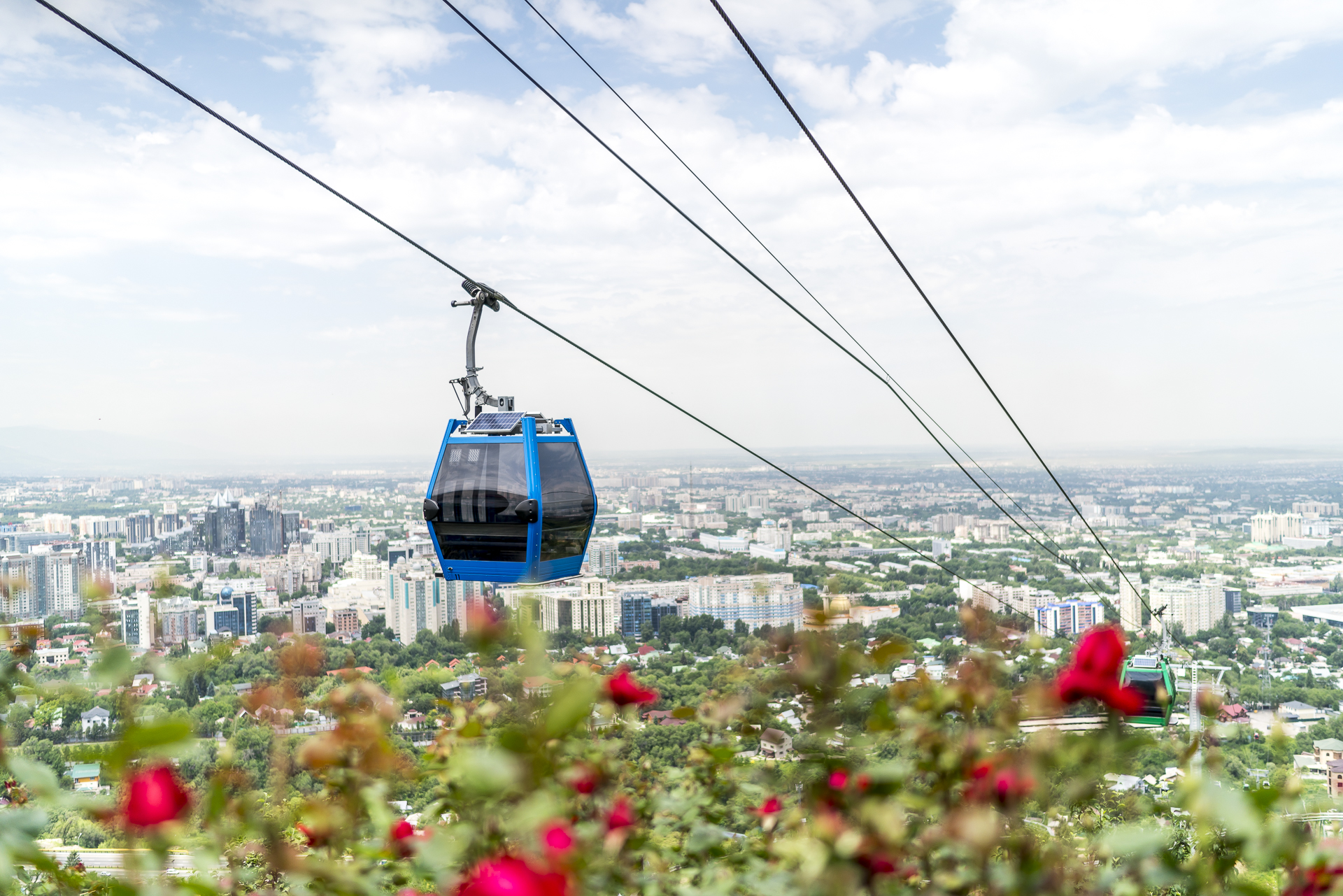
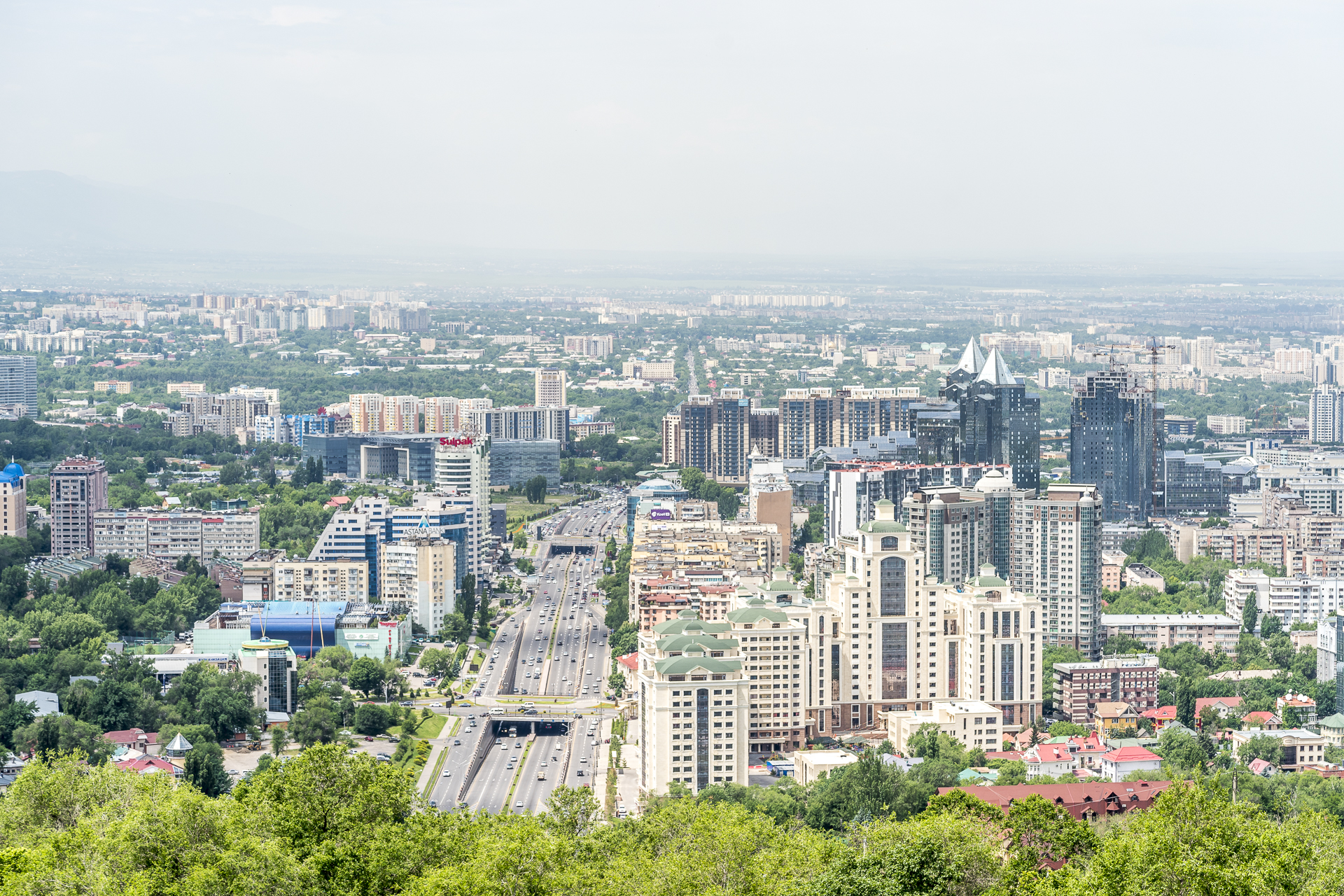
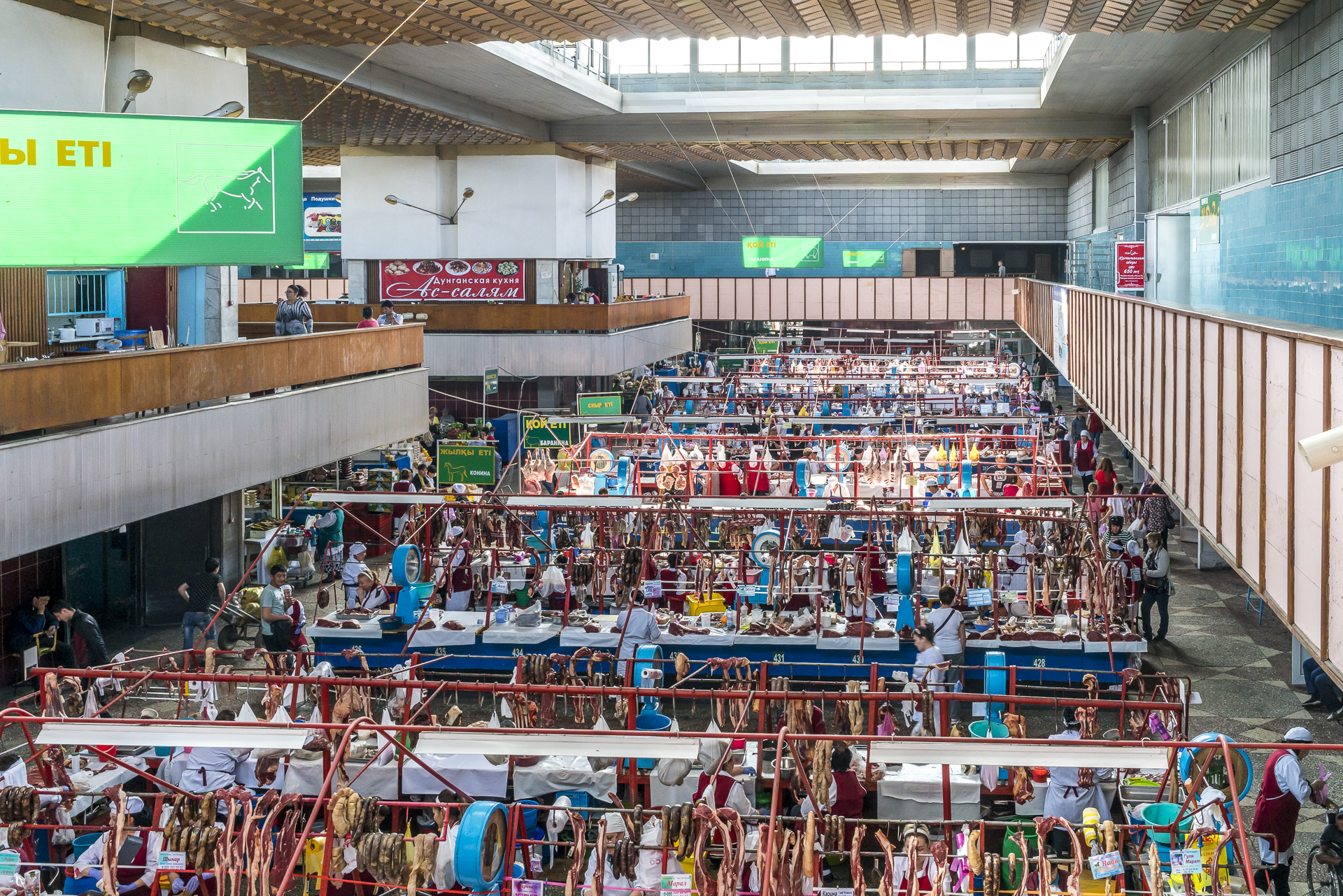
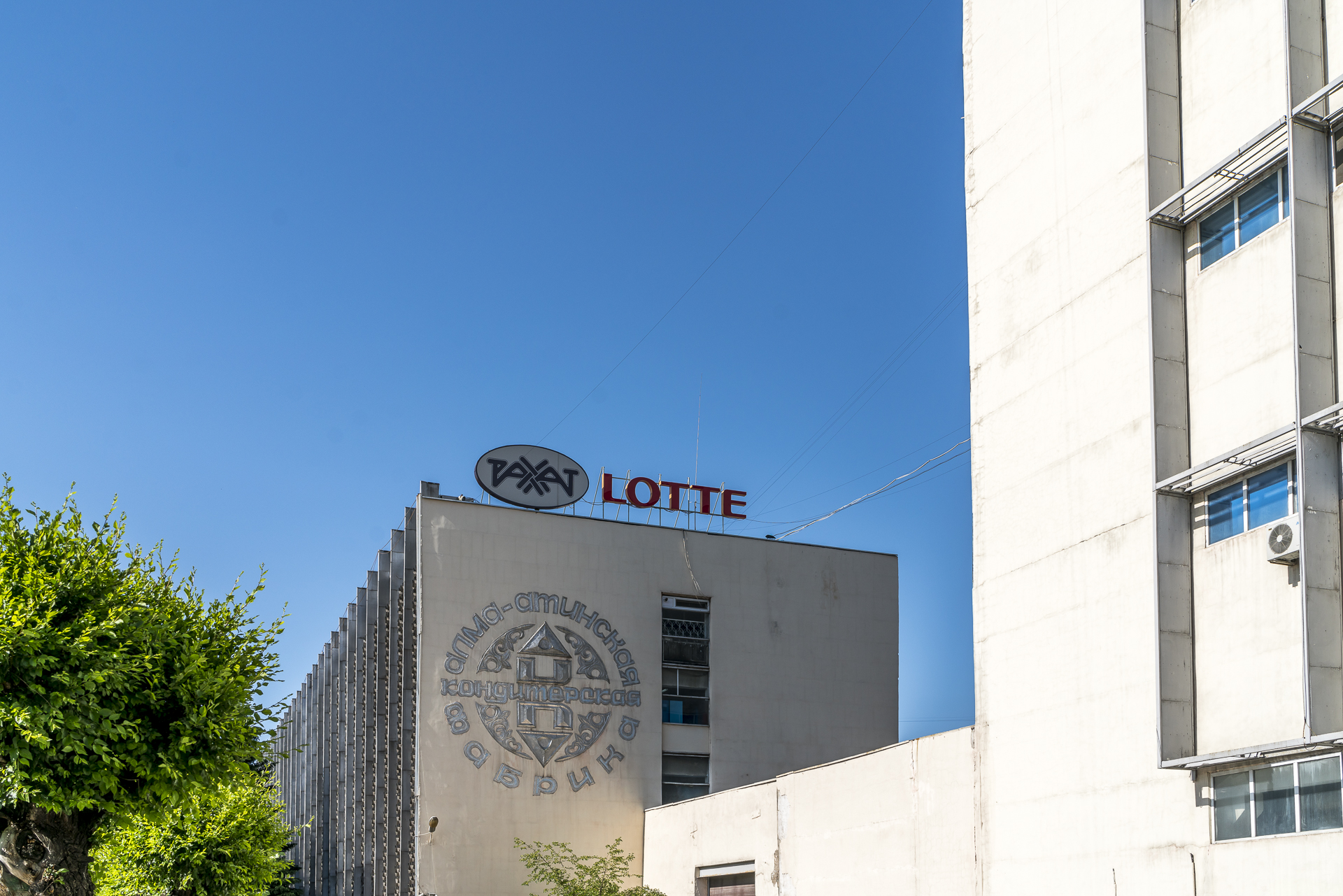
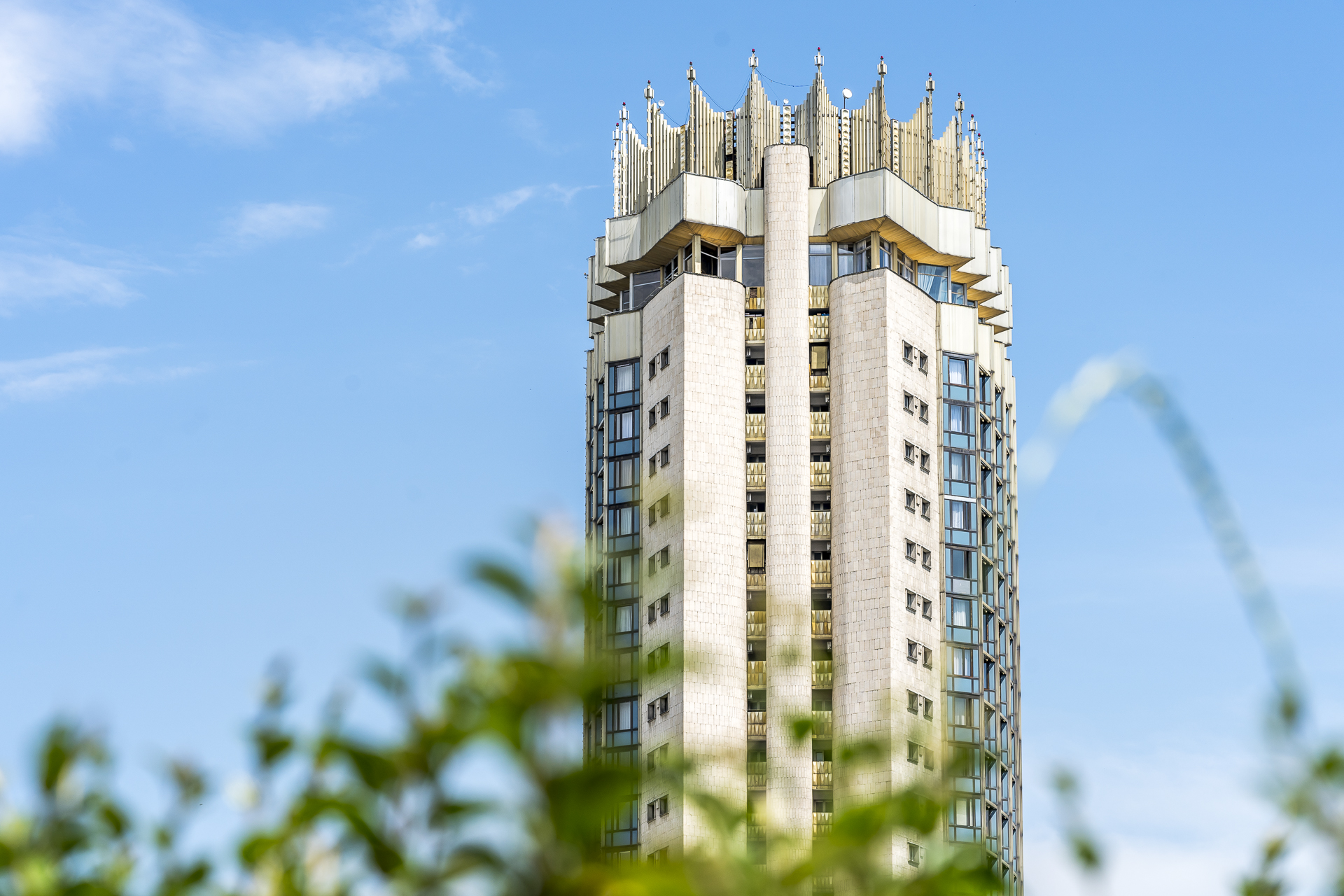
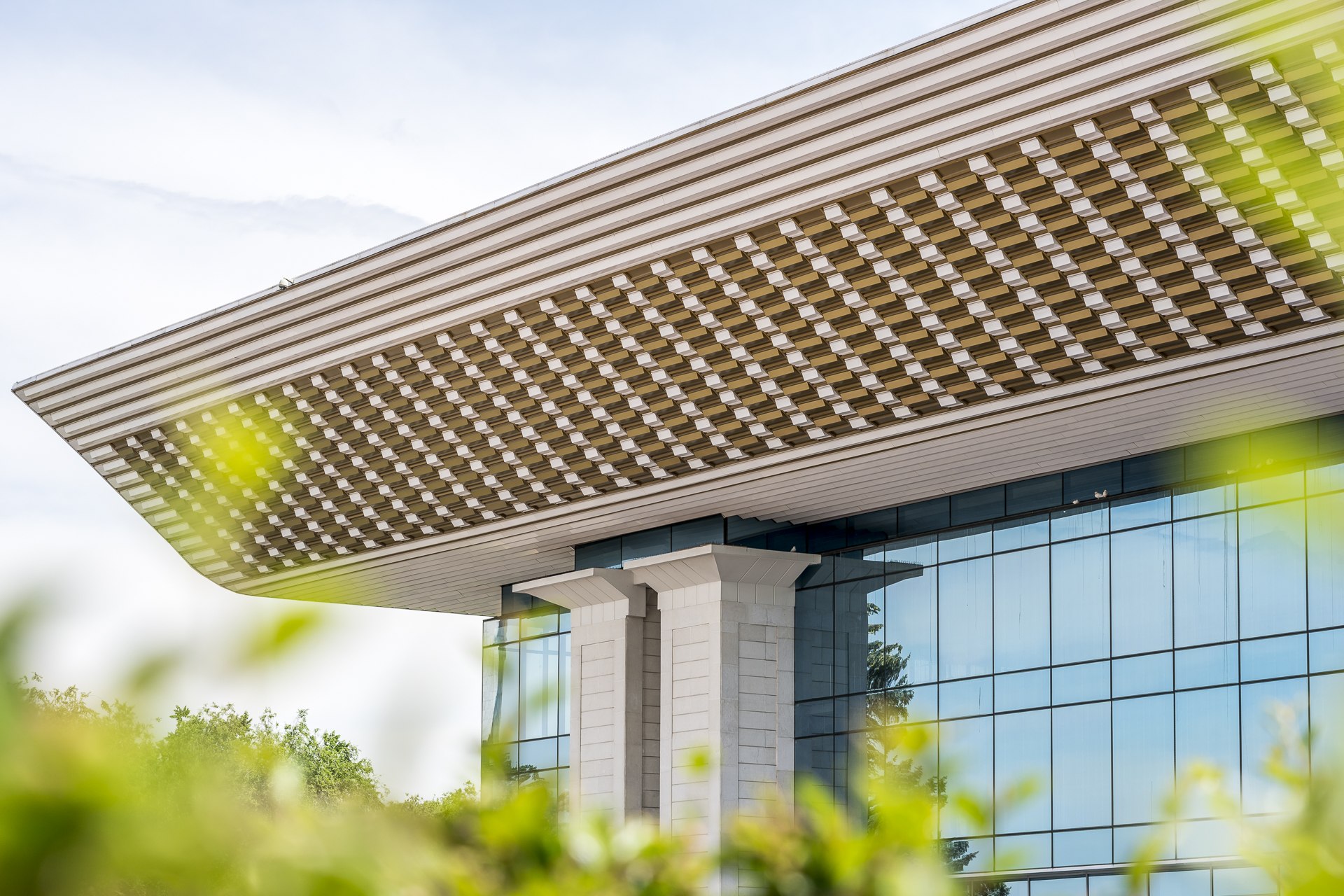
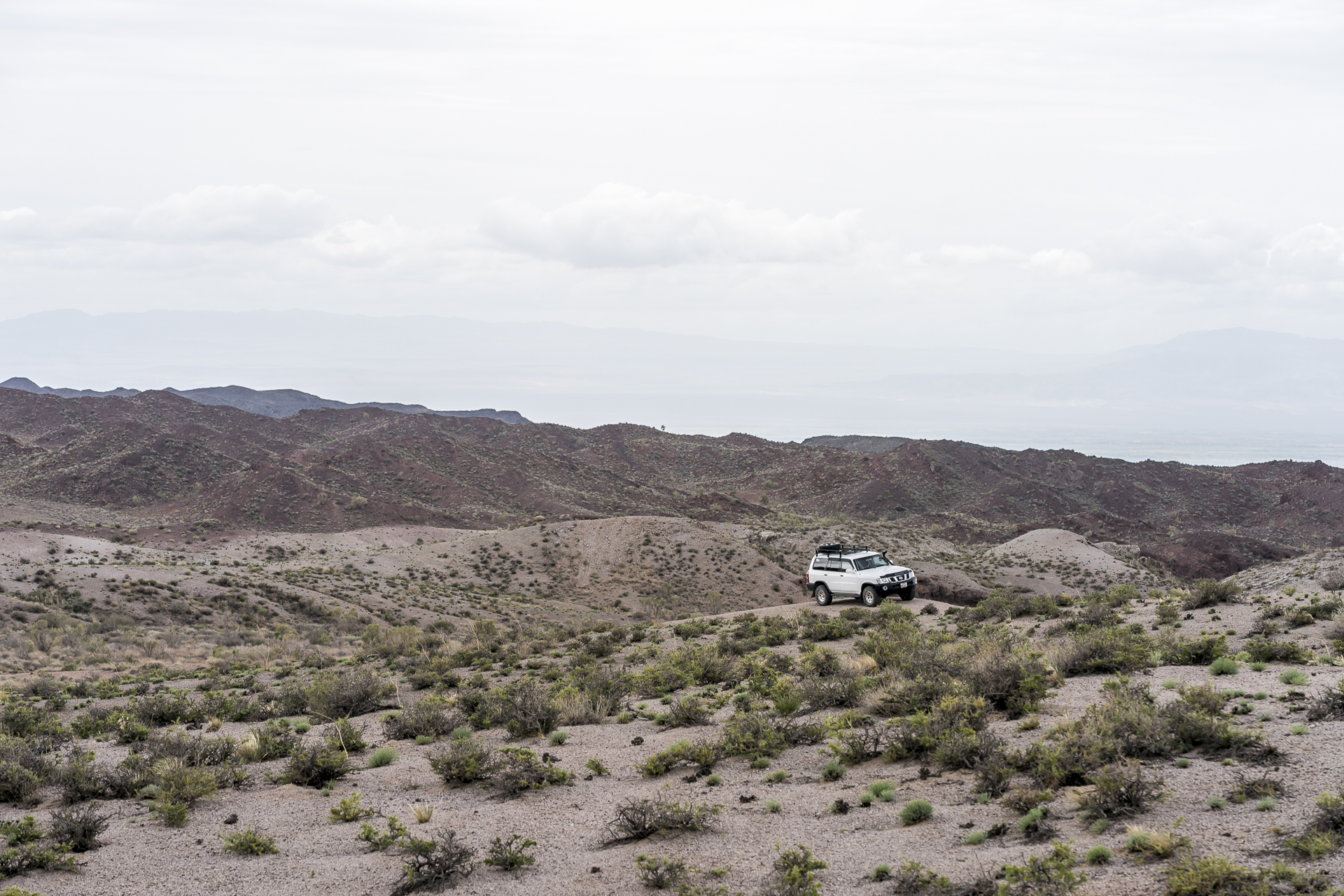
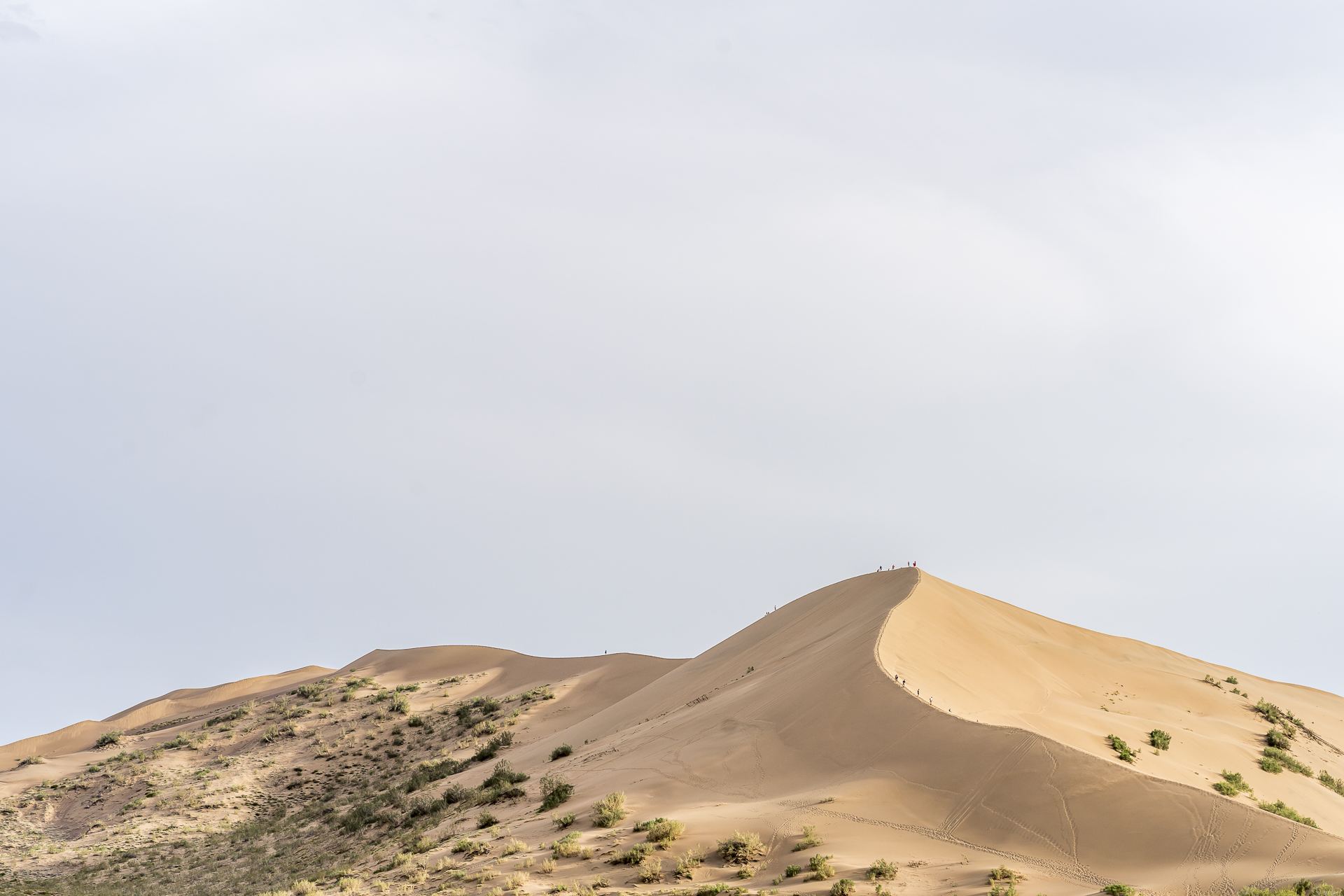
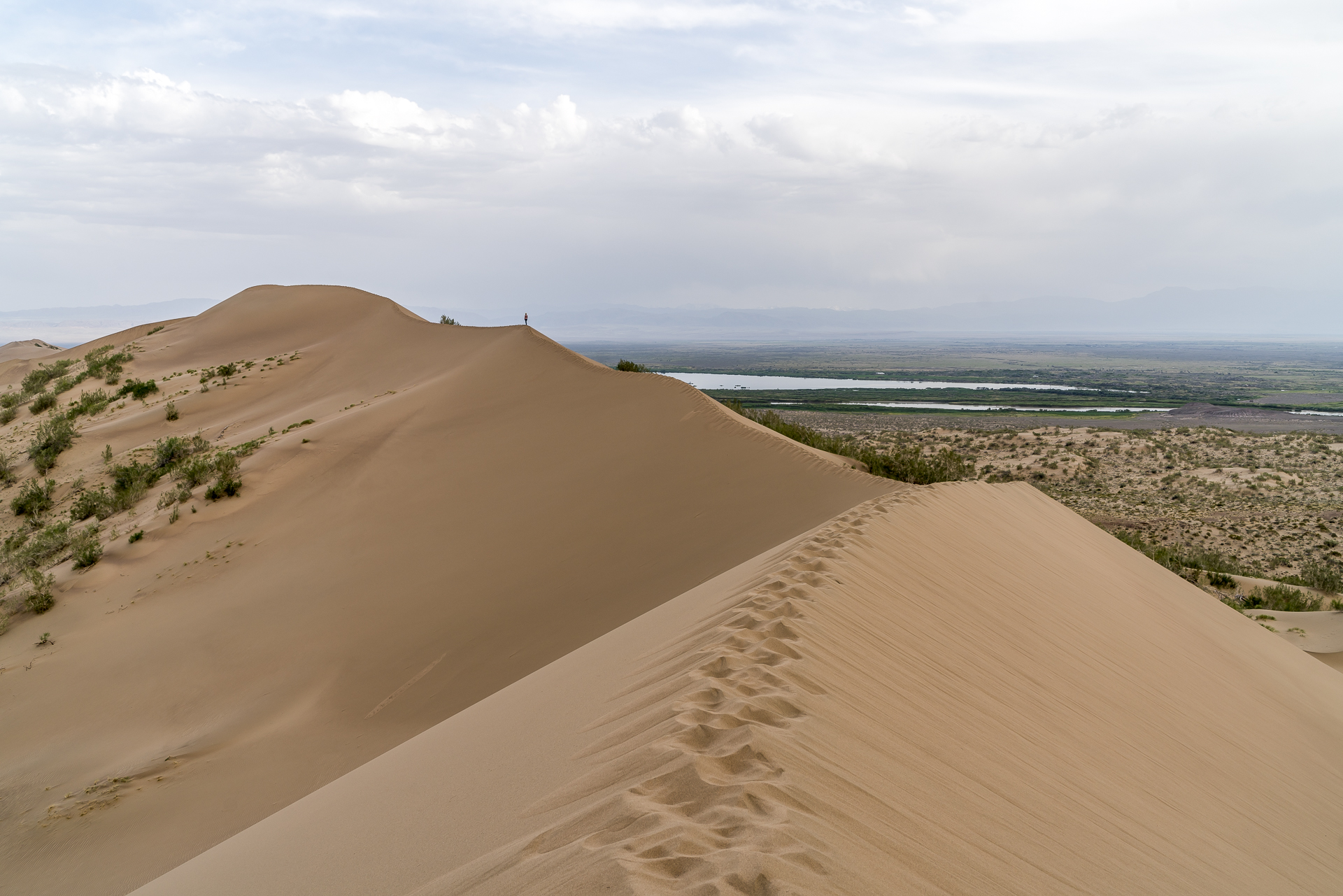
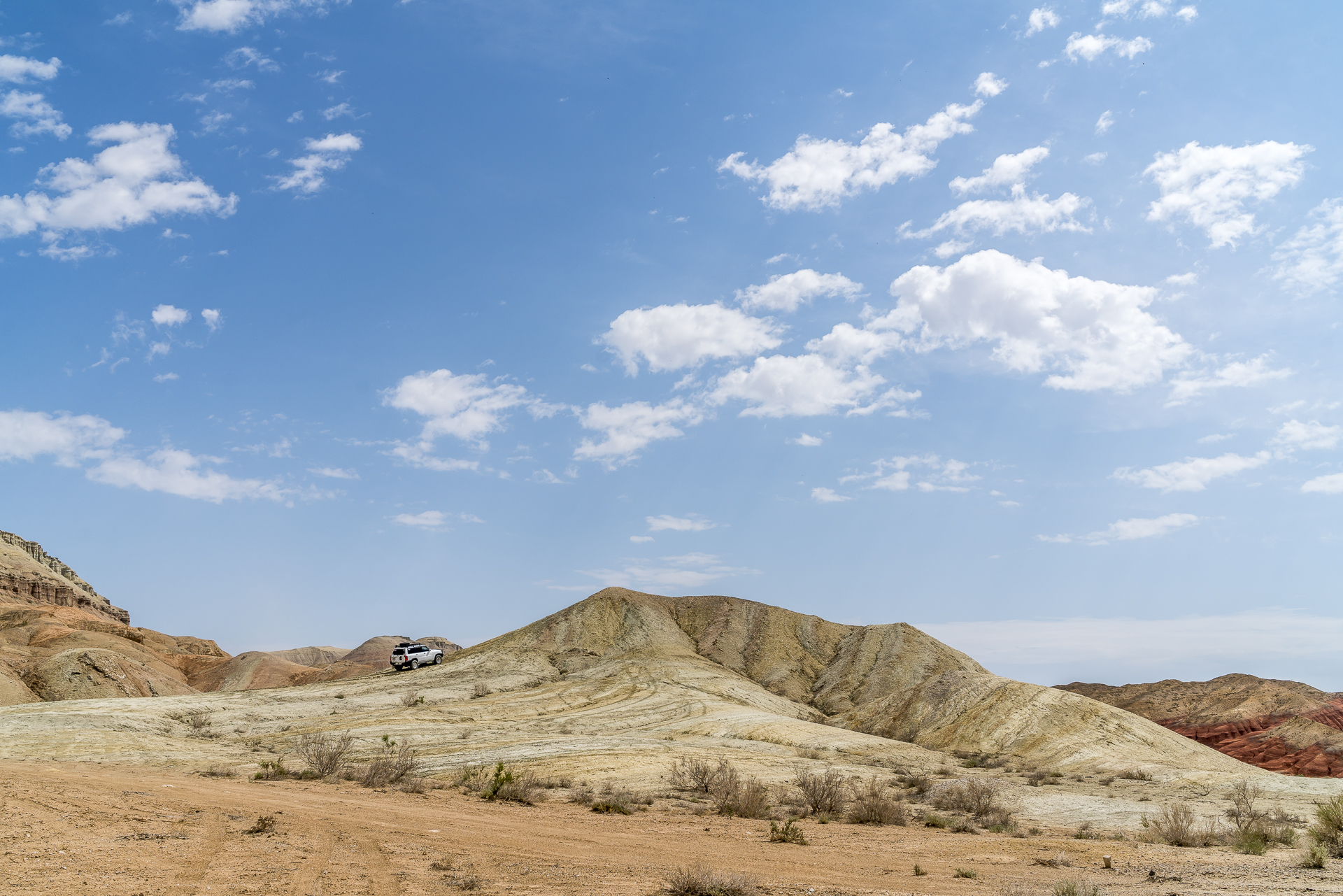
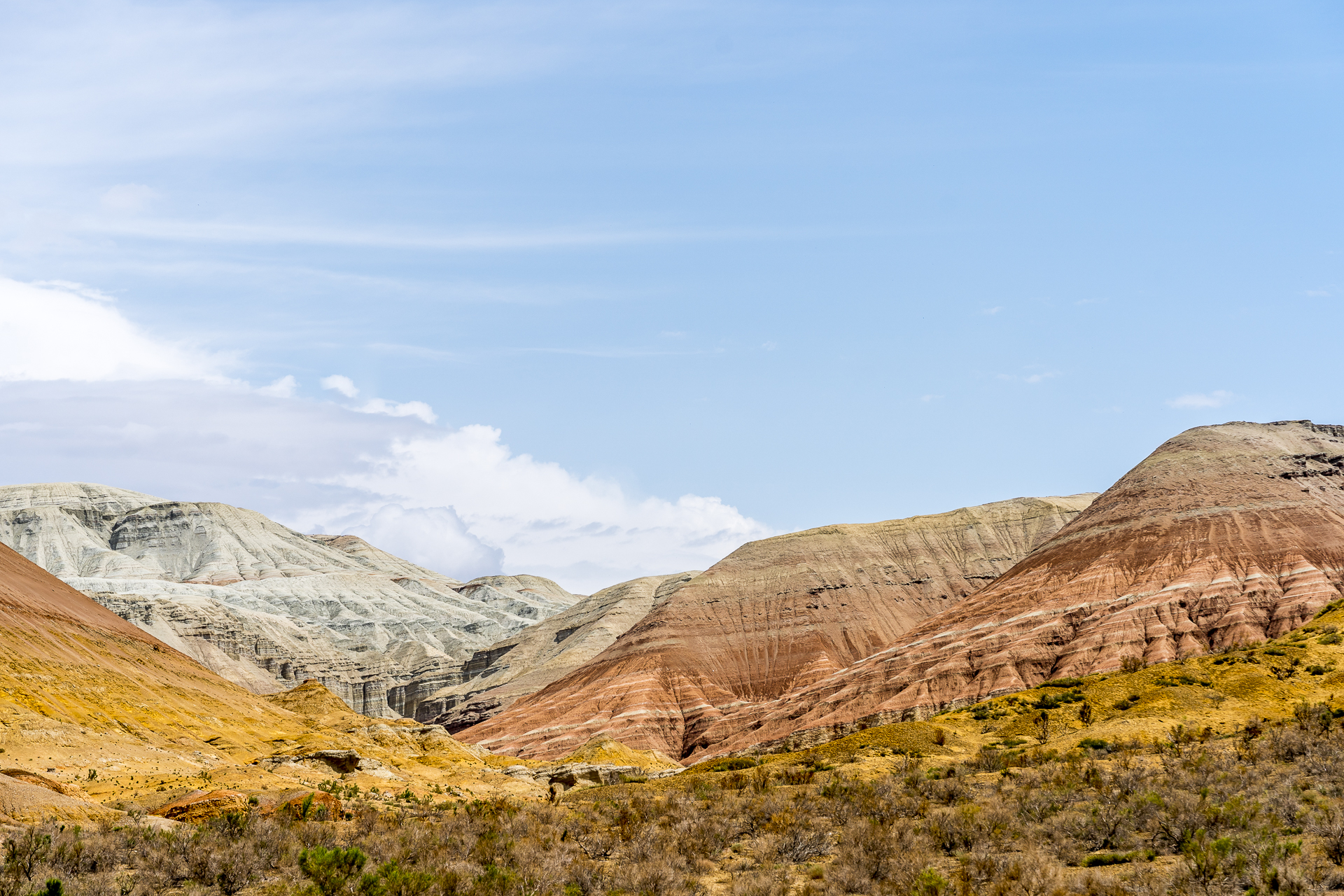
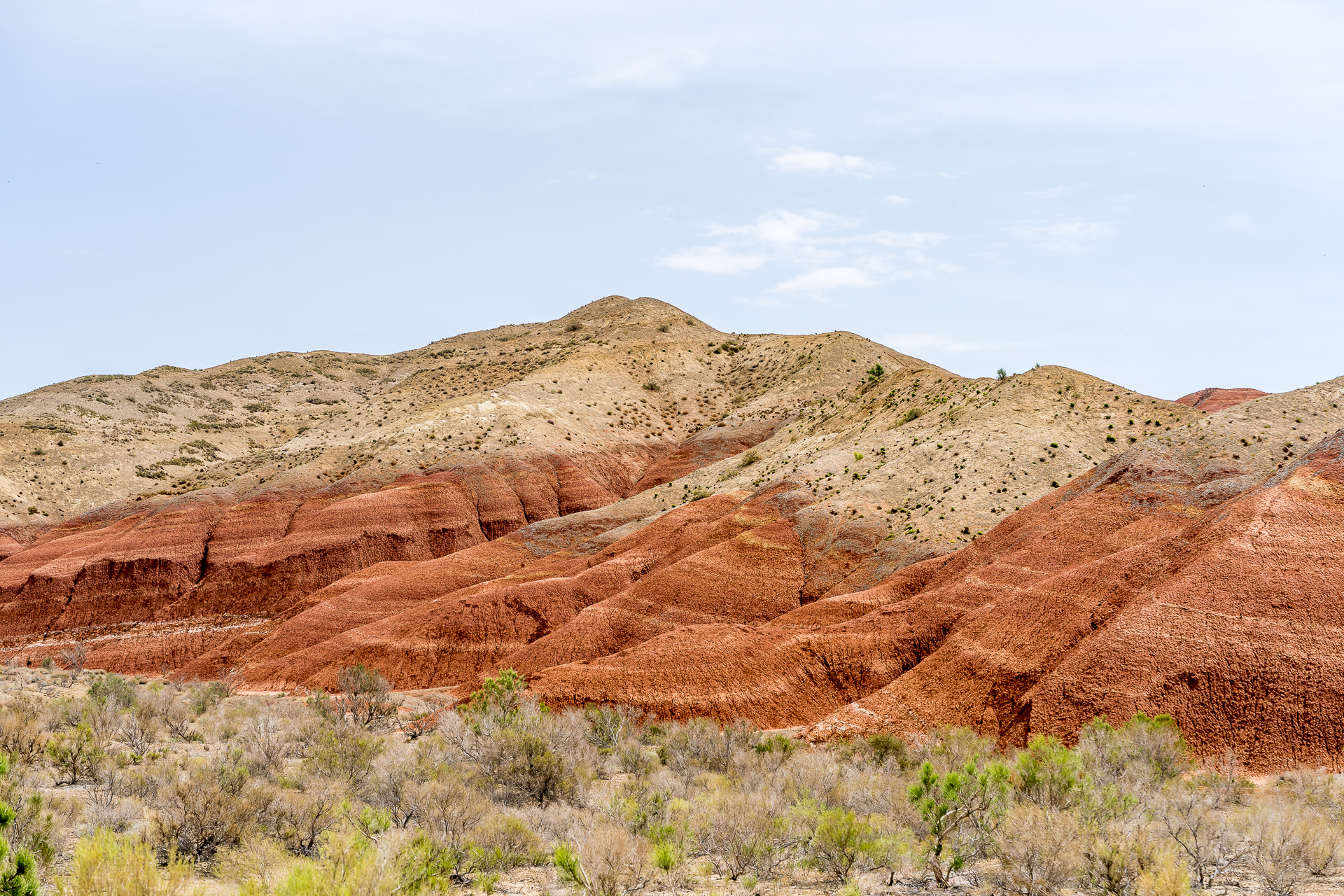
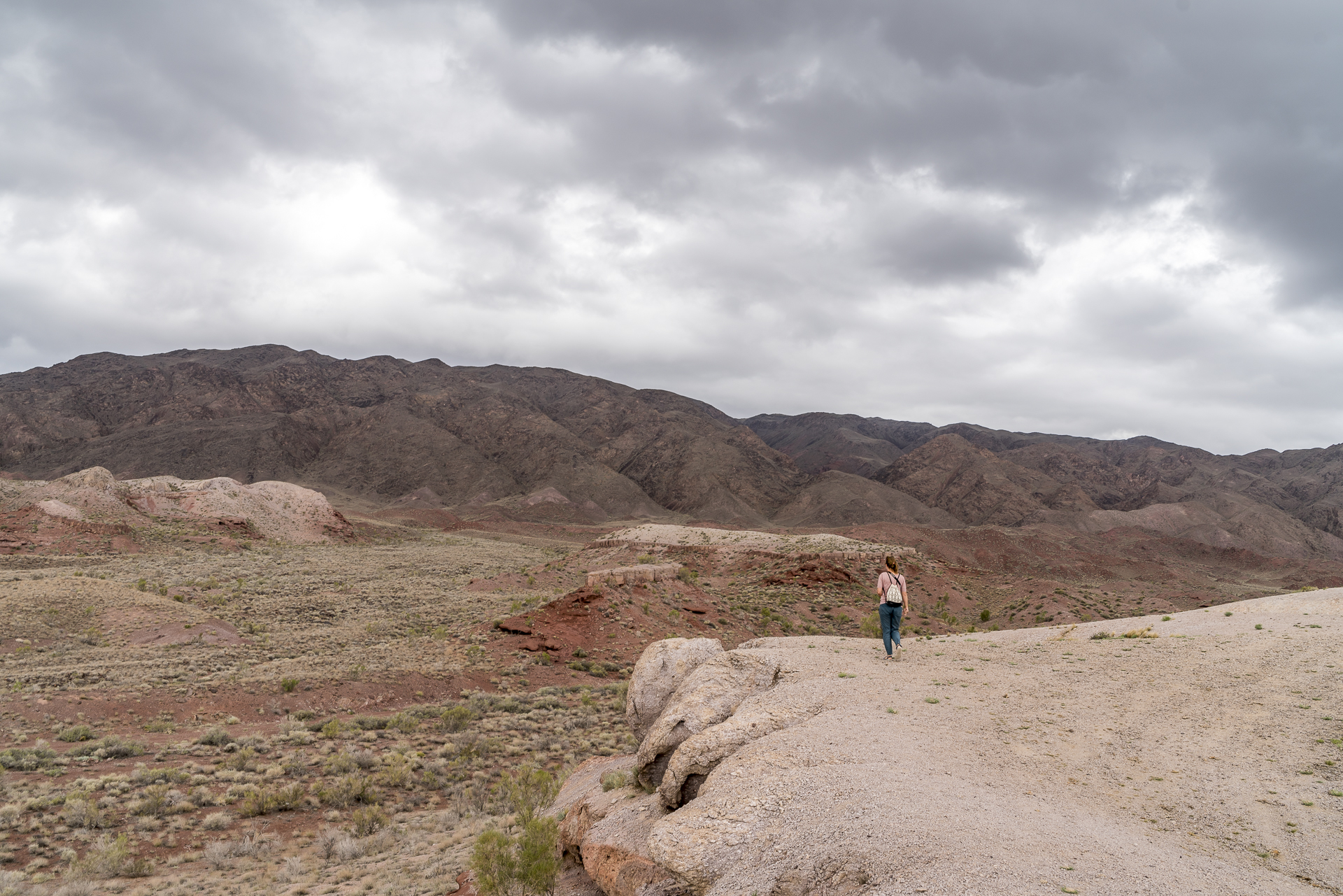
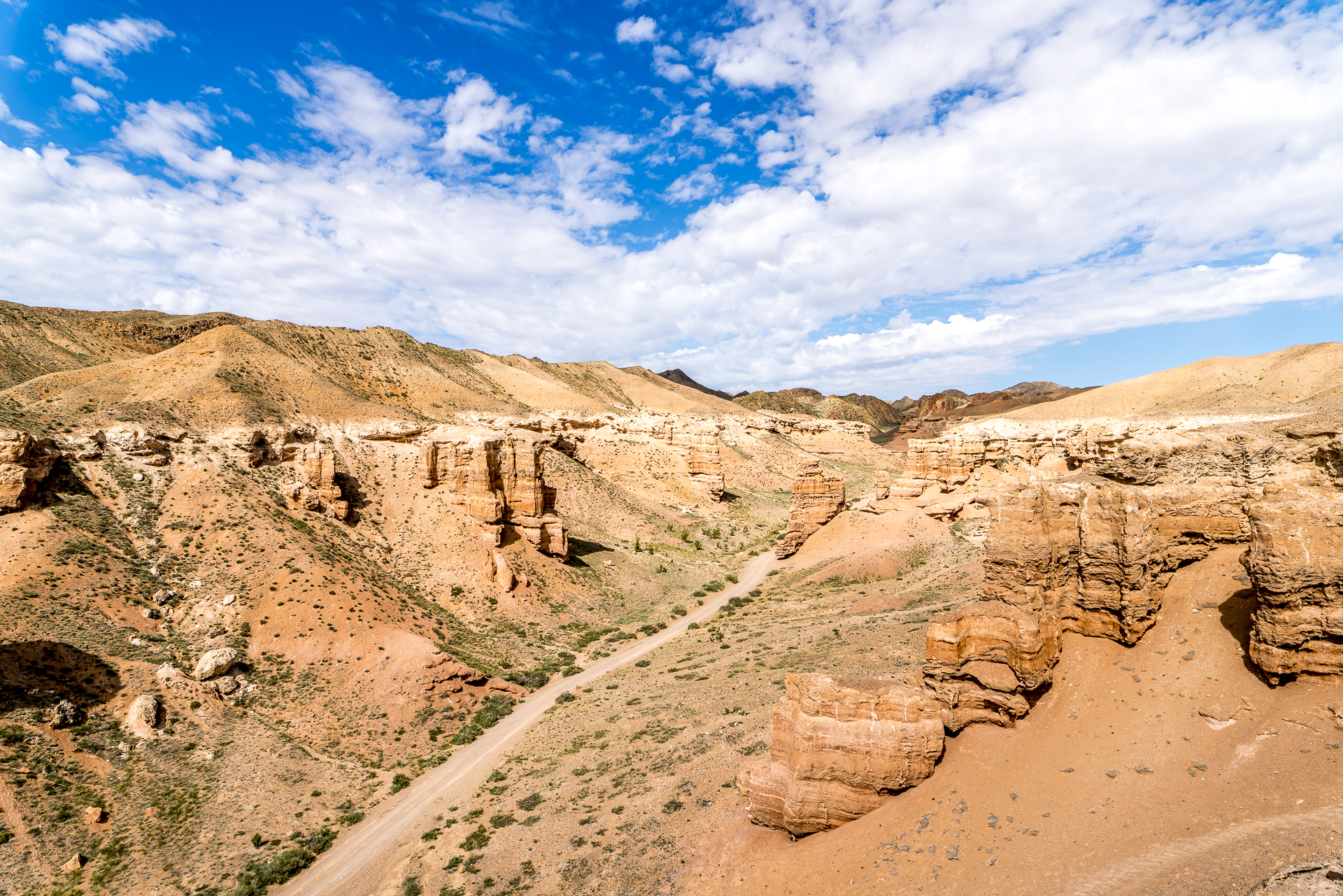
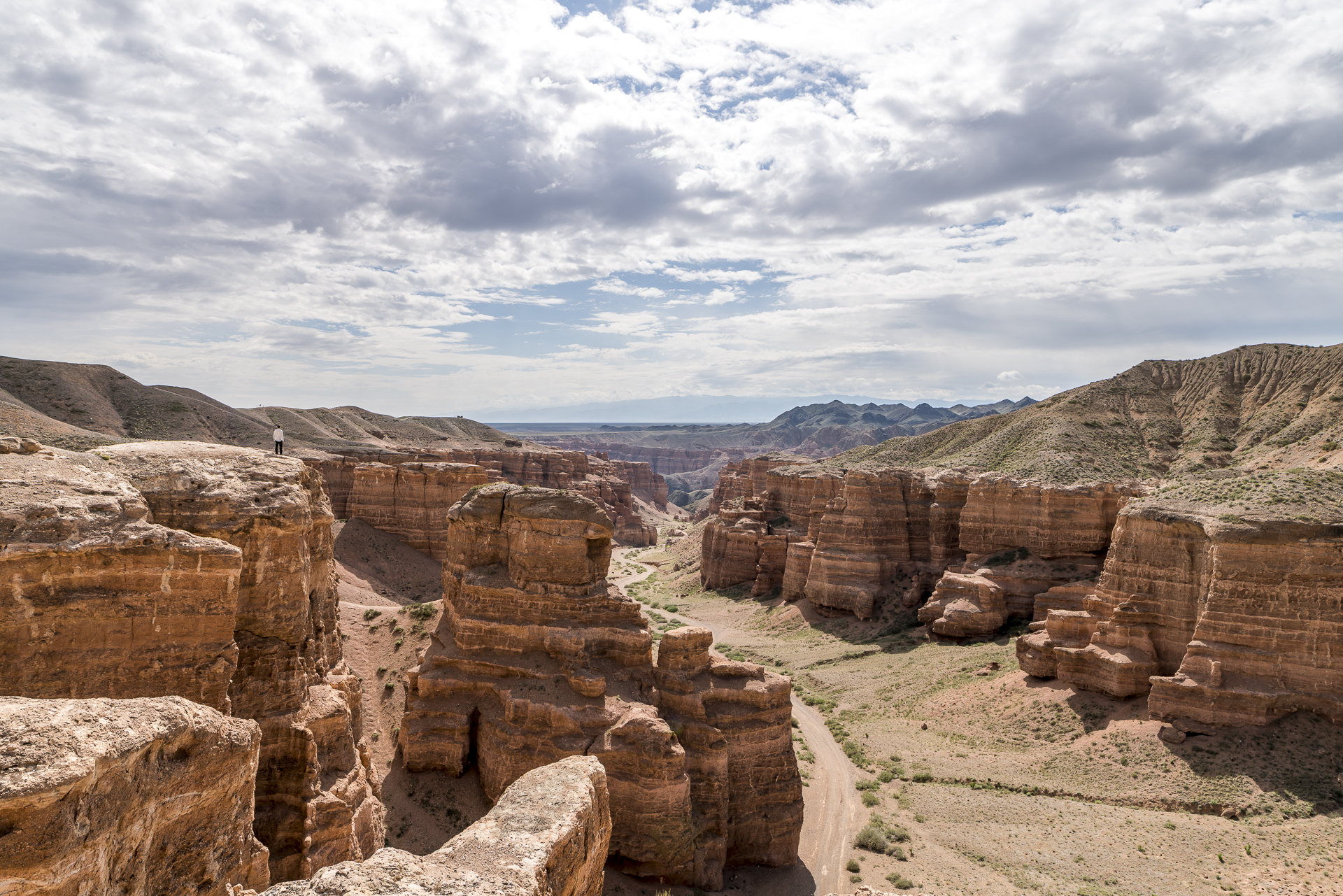
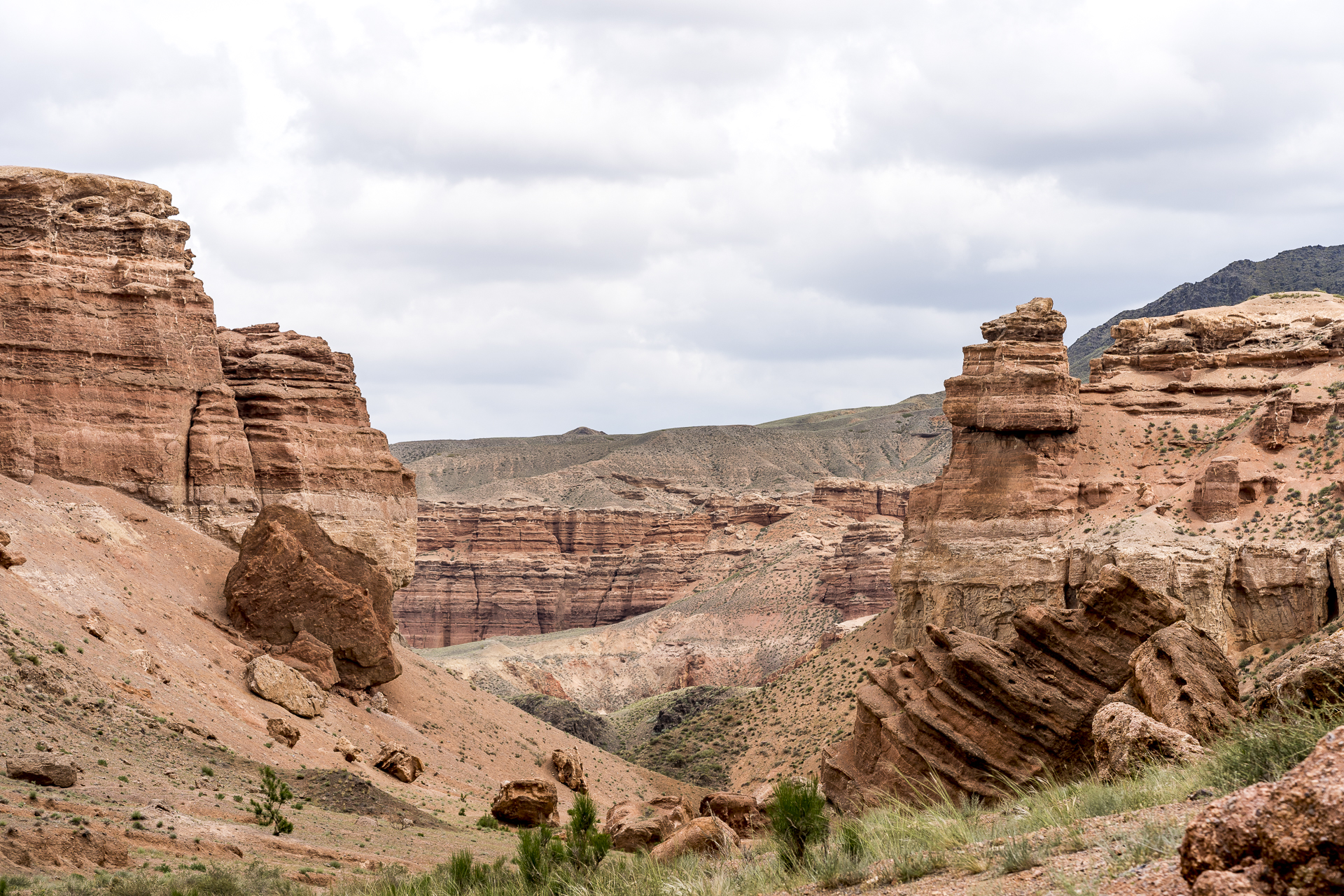

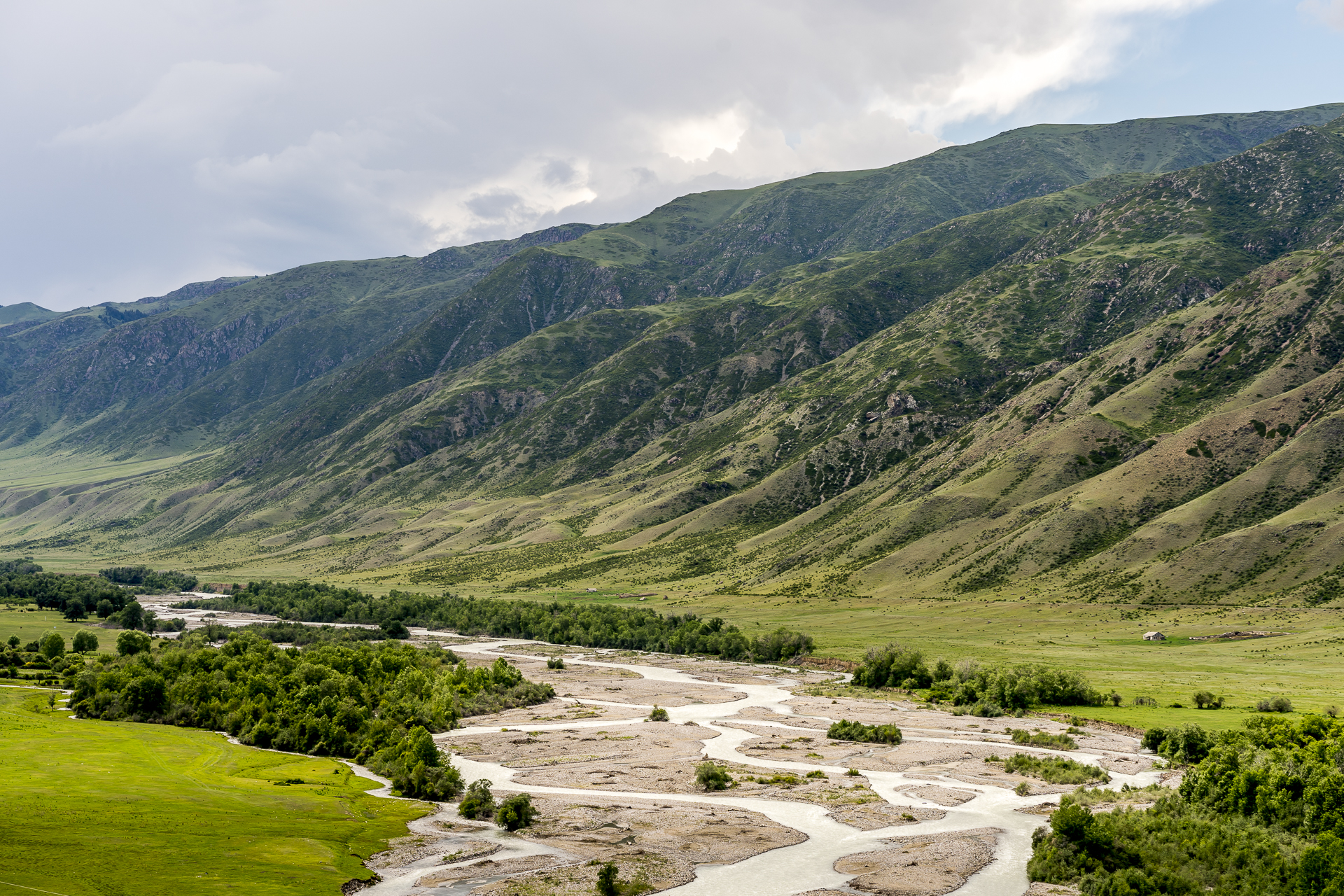
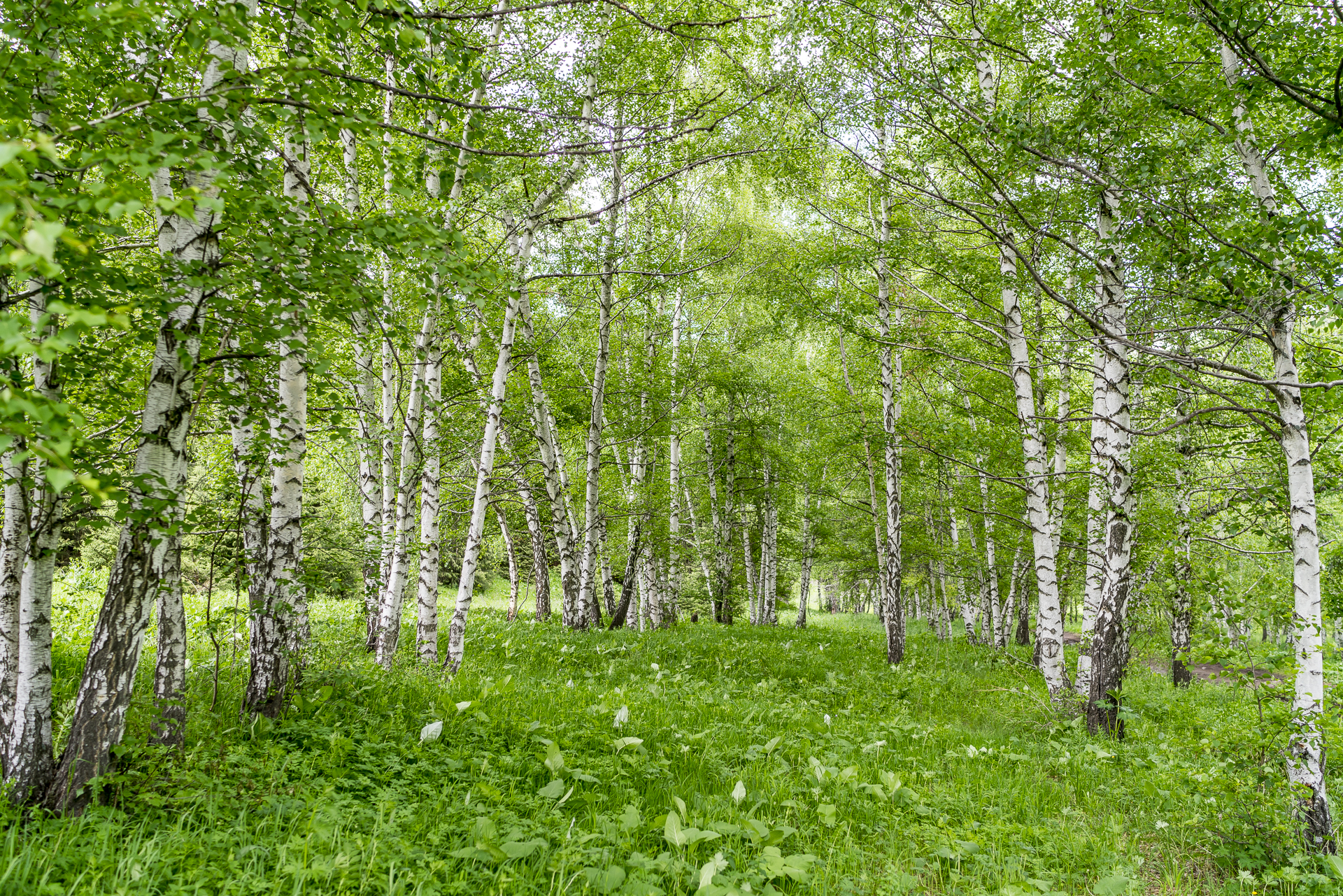
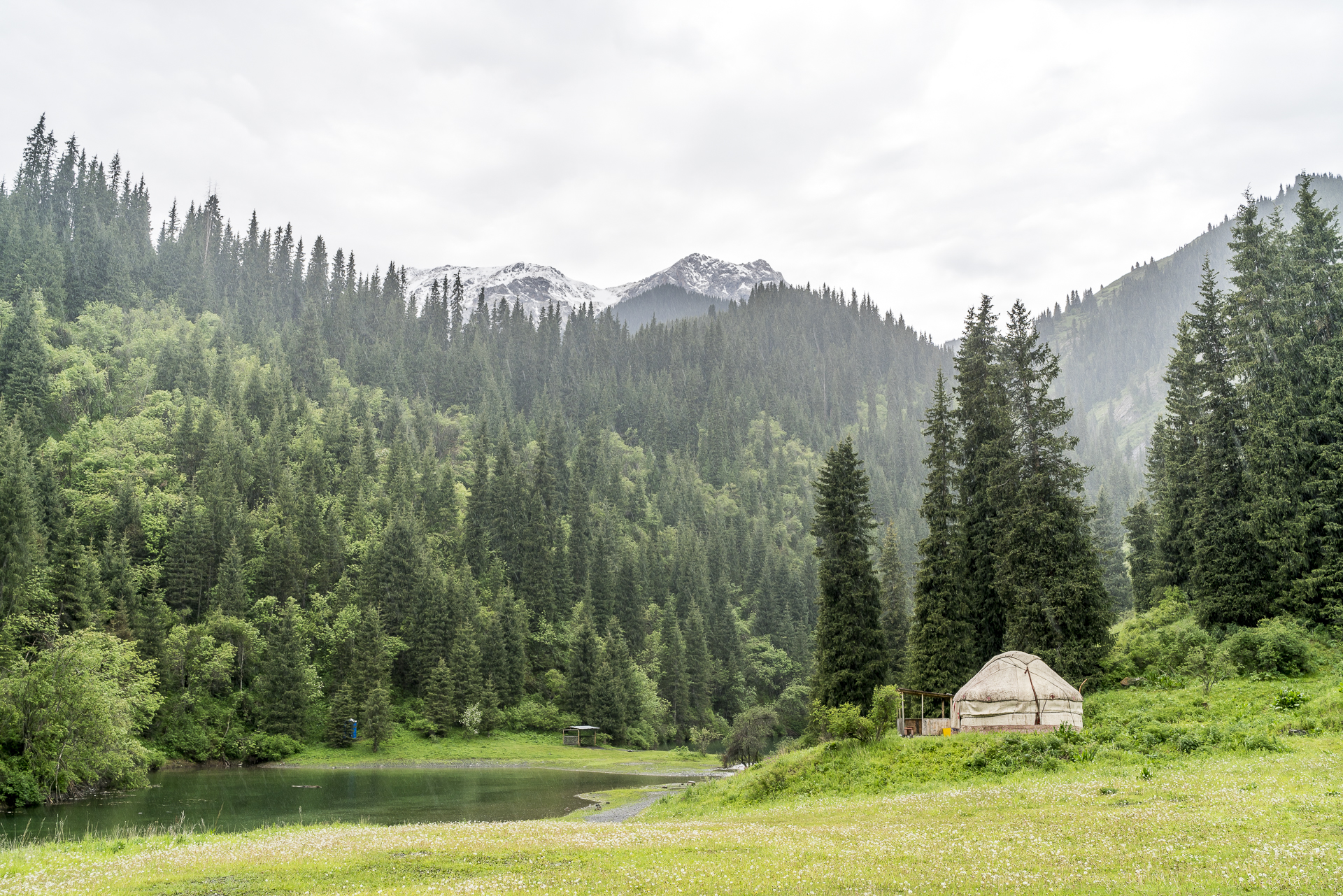
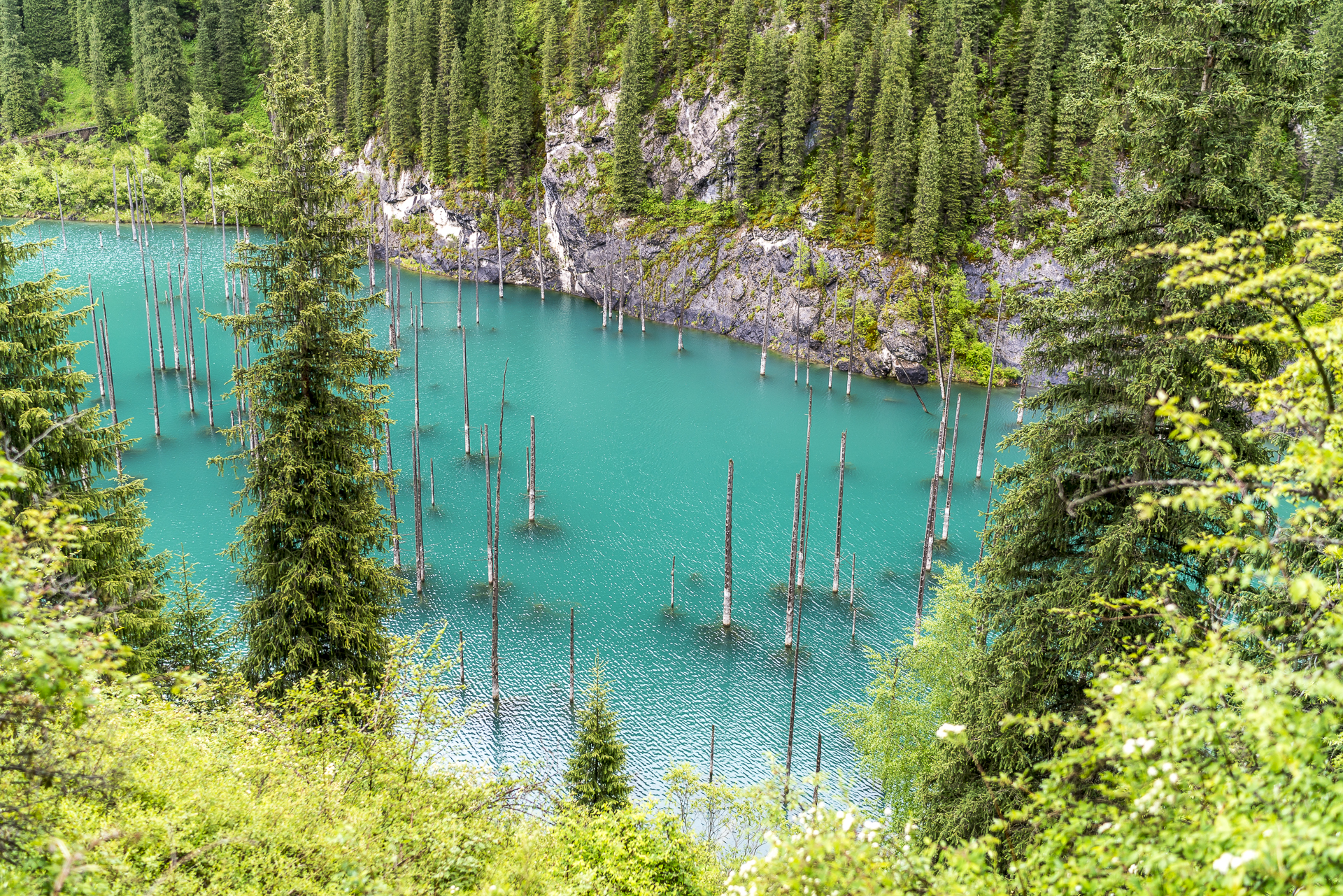
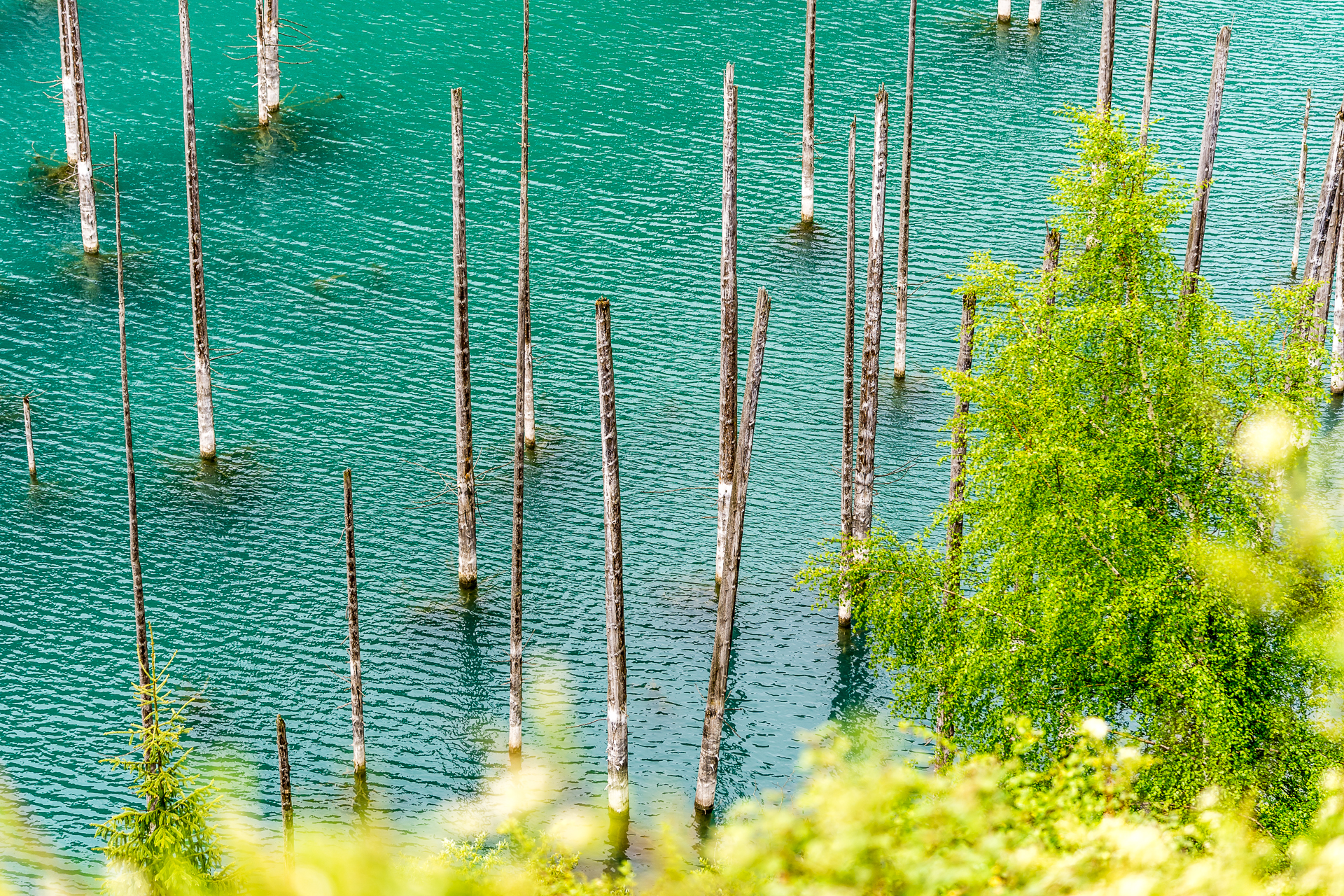
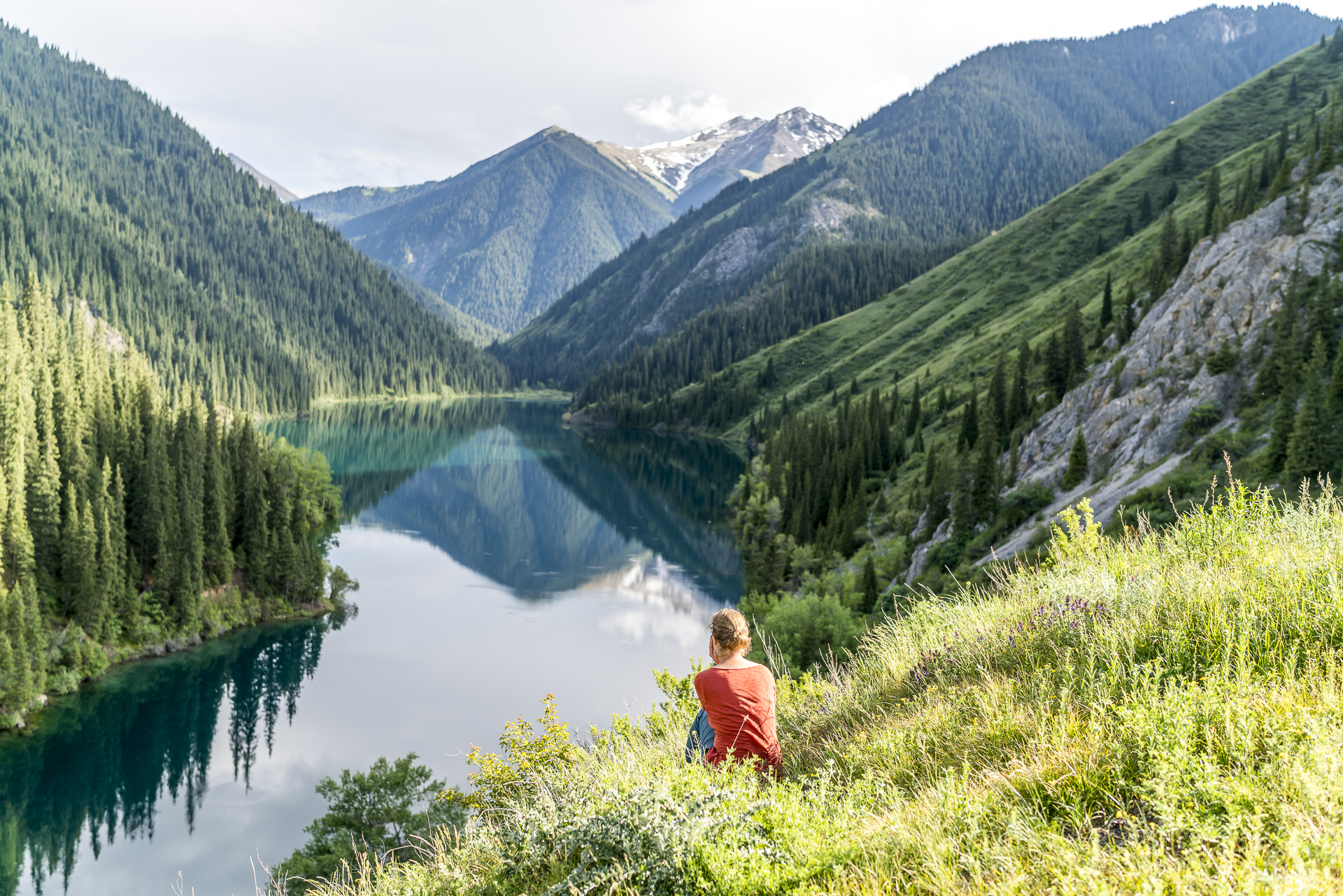
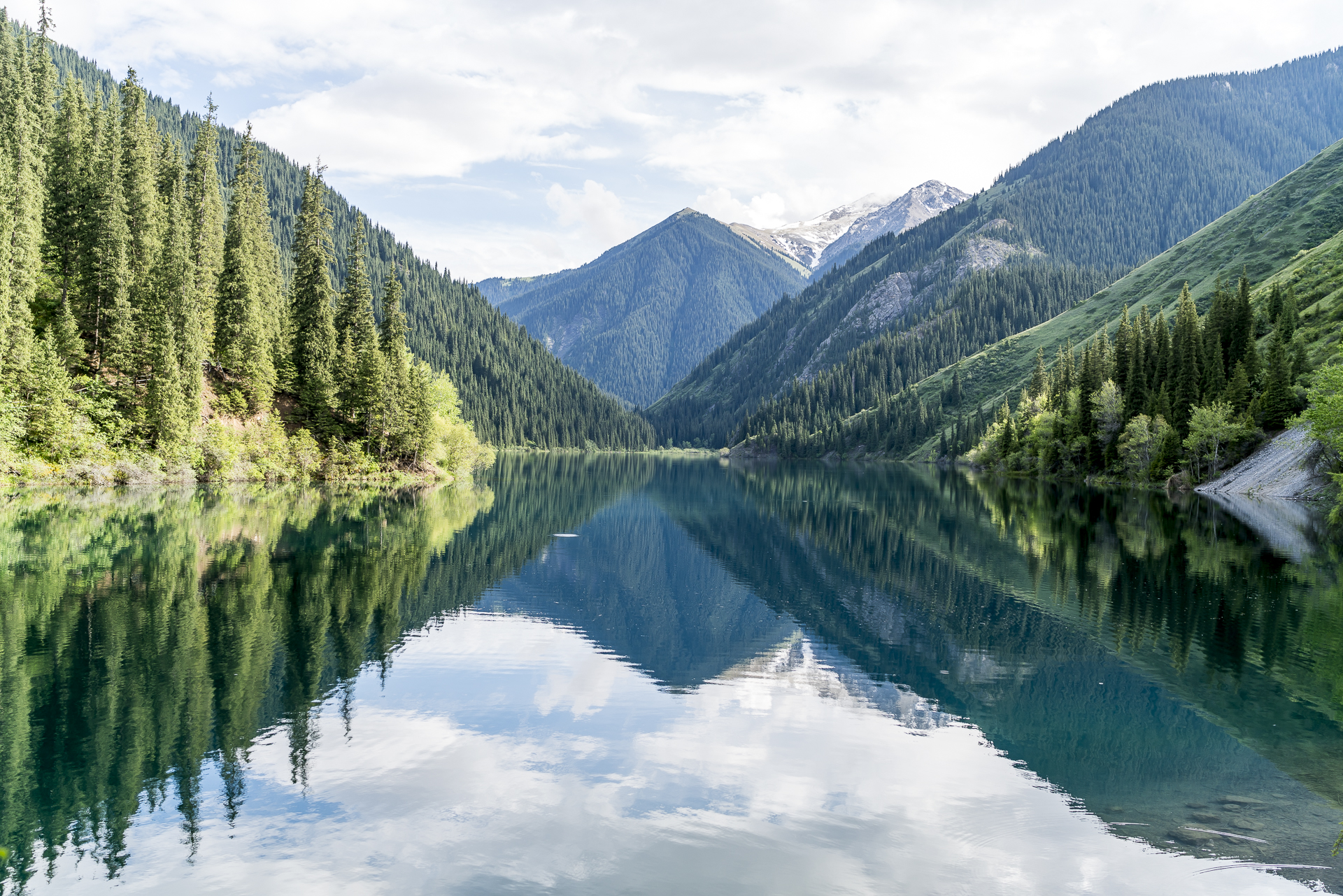
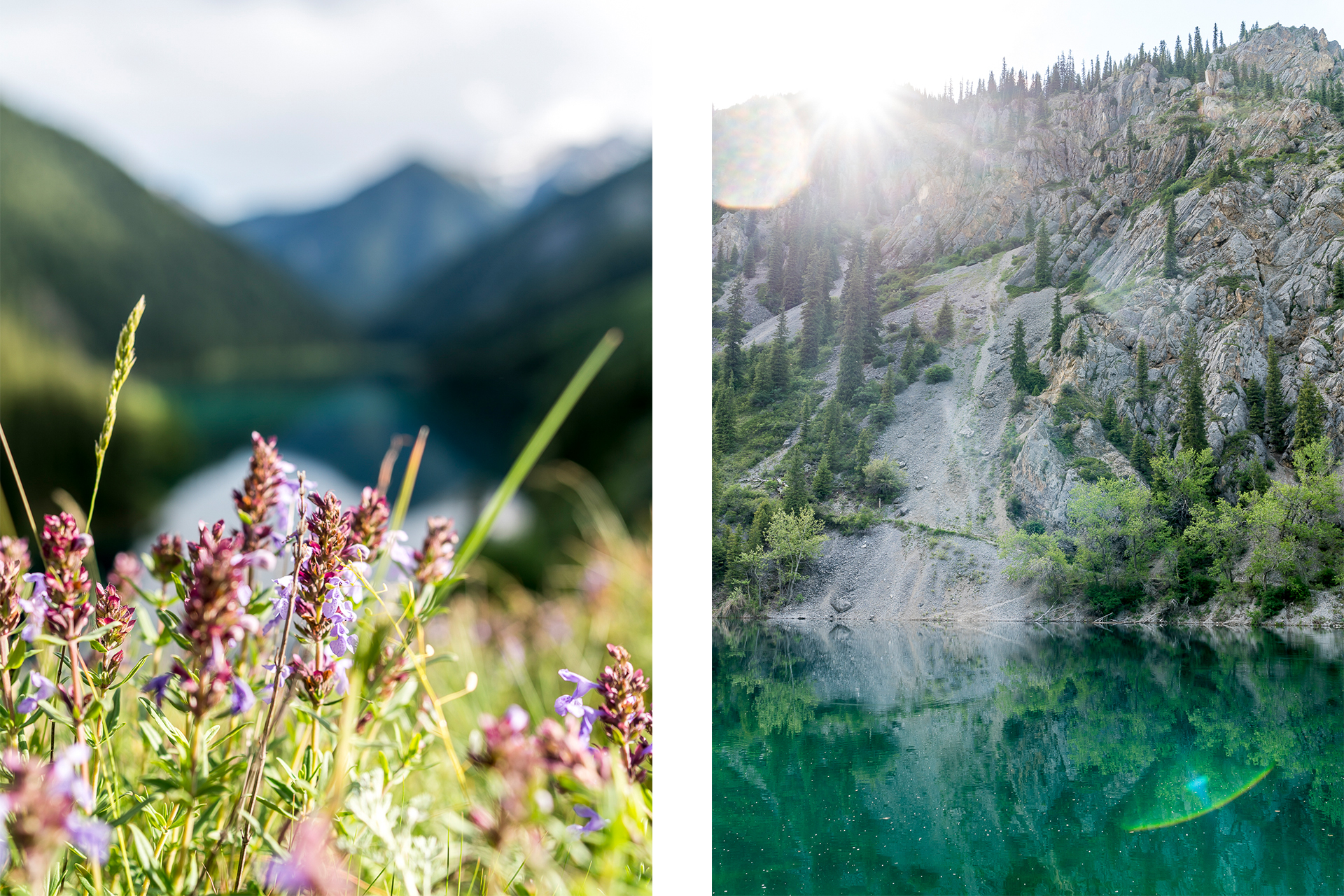
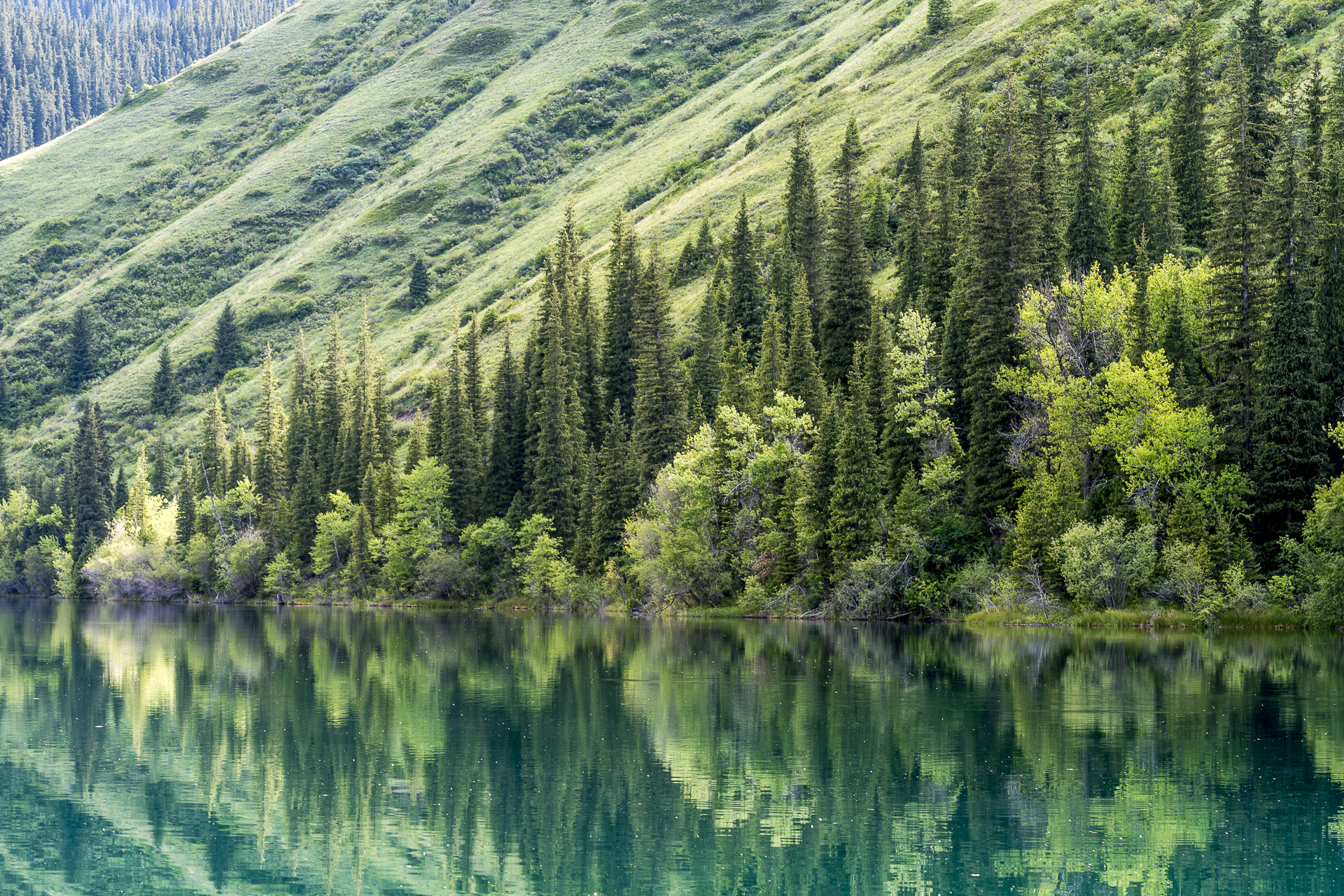
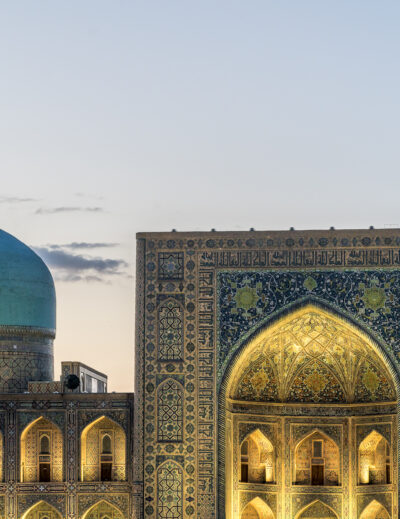
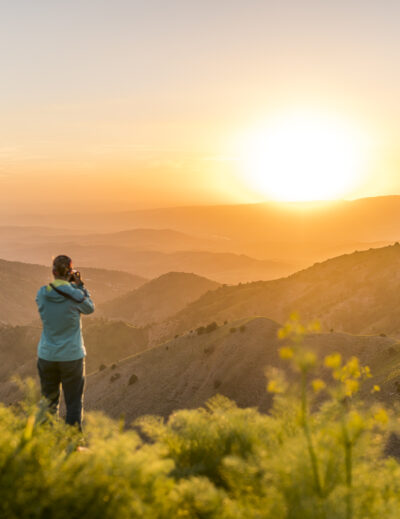

Leave a Reply